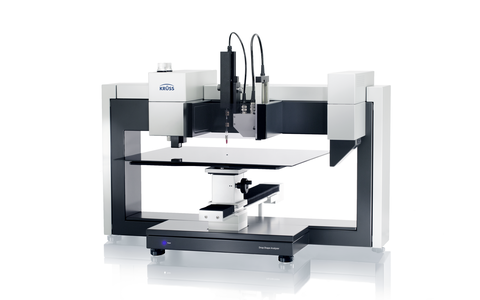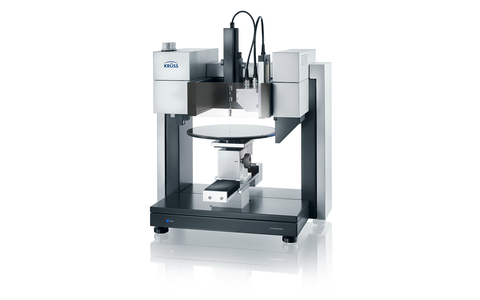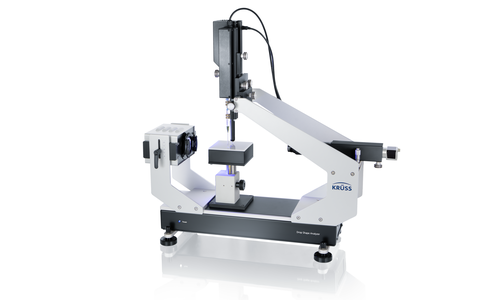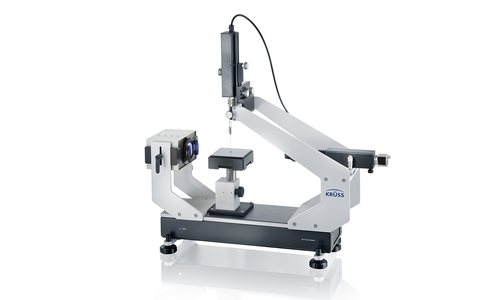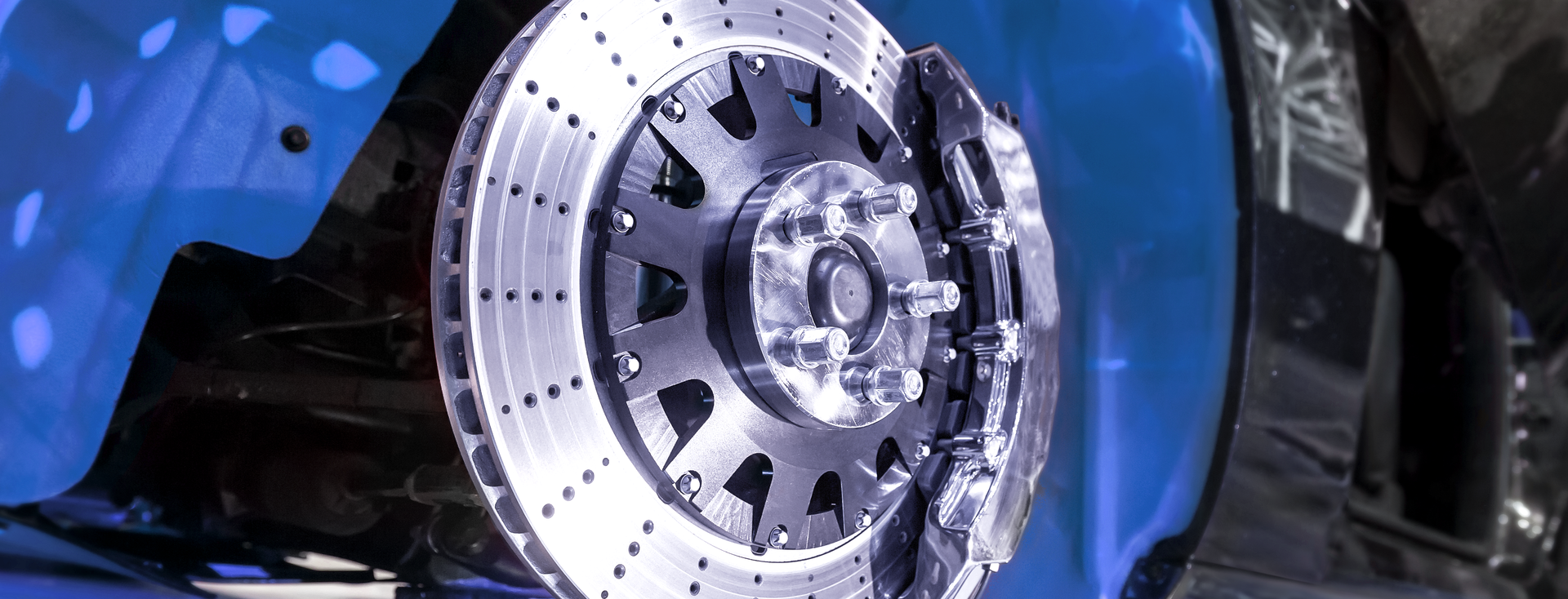
Dispersing of ceramic powders
Interfacial chemistry measuring methods for mineral coatings and coated surfaces
Ultra-thin ceramic coatings protect materials such as glass and metals against rapid wear, provide electrical insulation, increase the strength or act against corrosion. Such coatings are formed with the help of complex dispersions of ceramic powders, the homogeneity and stability of which are linked to the surface energy of the powder. Our interfacial chemistry measuring instruments help to achieve the required knowledge of the material.
Typical applications for ceramic powders
- Coatings for brake discs and clutch discs
- Coatings on artificial joints
- Glass slide coatings for blood and plasma investigations
- Repair of worn components
- Non-stick coating for pots and pans
- Increasing the tendency to slide, e.g. in sliding bearings
Investigating the wettability of the powder
The degree to which a ceramic powder is distributed in the coating is highly dependent on its wettability. The Washburn method measures the powder contact angle as a measure of the wetting. The adsorption speed and the increase in the mass of liquid in a powder bulk in an immersed tube, which are linked to the contact angle, are measured in this case.
Wetting enthalpy as a measure of dispersability
The energy gained when an interface is formed between powder and liquid, referred to as wetting enthalpy, should be as high as possible, as a finely distributed powder forms a large interface. The wetting enthalpy is calculated from the surface energy of the powder and the surface tension of the liquid. Our measuring instruments provide the combination of contact angle and surface tension measurement methods required for this.
Contact angle for assessing the quality of the finished coating
A uniformly coated material has the same wettability over the whole surface. In the case of non-stick coatings, the wettability should not only be the same everywhere, but also as small as possible. The contact angle is a reliable indication of the wettability, and responds sensitively to changes from sample to sample and inhomogeneities in one and the same workpiece. Optical measurements using our laboratory instruments or mobile contact angle measuring instruments for non-destructive measurement on site are therefore a proven means of quality assurance. The quality of porous coatings, for example on medical test slides, can be assessed with the help of the Washburn adsorption method.




